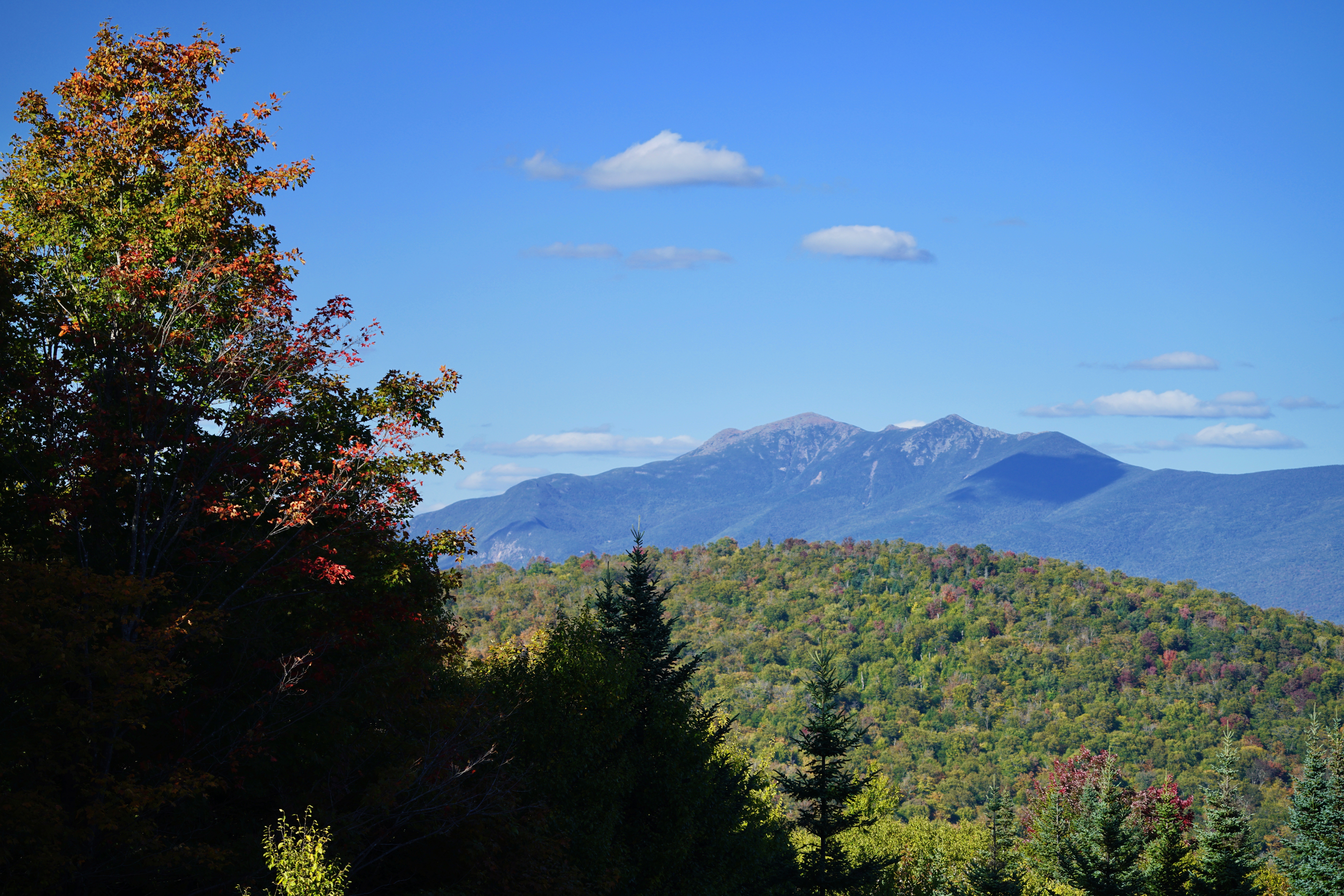Protect Roadless Areas — Don't Rescind the Roadless Rule!

The Trump Administration is trying to gut protections for Roadless Areas and open up these essential wild places to logging and roadbuilding. Sign on here to tell the Administration to cancel this wrong-headed plan, and to ask members of Congress to permanently protect Roadless Areas via the Roadless Area Conservation Act.
By signing on here, you are adding your name to the following letter, which will be submitted to members of Congress and the USDA:
RE: Notice of Intent for EIS to rescind the 2001 Roadless Area Conservation Rule
Dear Secretary Rollins, Chief Schultz, and Members of Congress:
Whether you have enjoyed a weekend camping trip to a high mountain lake, a scenic drive through a National Forest, fishing a cold-water trout stream, or a glass of clean water from your tap, there’s a good chance that a Forest Service Inventoried Roadless Area is to thank. That’s why we’re respectfully writing in support of maintaining, strengthening, and expanding the protections afforded by the 2001 Roadless Area Conservation Rule (Roadless Rule).
For a quarter century, the Roadless Rule has provided an essential layer of protection for approximately 58.5 million-acres of National Forest System lands, or about a third of all lands managed by the USDA Forest Service (Forest Service). “Inventoried Roadless Areas” (IRAs) protected by the Roadless Rule represent many of the wildest, healthiest, and most intact landscapes in the United States. Conversely, these areas also represent among the riskiest, most economically unviable, and ecologically destructive places to conduct logging operations. Over 1.5 million Americans submitted comments in support of the Roadless Rule when it was developed, a record for public participation in federal rulemaking that still holds to this day.
Here in New England, the Roadless Rule protects 260,000-acres, or approximately one-fifth of the Green and White Mountain National Forests, combined. Iconic landscapes protected by the Rule include places like New Hampshire’s Franconia Notch, Mt Moosilauke, and Mt Chocorua, and Vermont’s White Rocks. Only 3.3% of New England is protected from timber harvest and road construction, but scientists say we must protect at least 10% of the region for the benefit of biodiversity, climate change, and the future of our communities. Rescinding the Roadless Rule, as the Trump Administration has proposed, would set our region back in time, making our conservation goals harder to achieve than ever.
Recognizing the exceptional value of Inventoried Roadless Areas (totaling just 2% of the lower-48 states), as well as the Forest Service’s unsustainable multi-billion dollar road maintenance backlog, the agency promulgated the Roadless Rule as “a down payment on the well-being of future generations,” in the words of former Forest Service Chief Mike Dombeck, who oversaw the Rule’s promulgation.
Inventoried Roadless Areas safeguarded by the Roadless Rule provide billions of dollars-worth of clean water services and protect downstream communities from the ravages of increasingly-frequent and intense floods and droughts, serve as lifeboats for biodiversity, and provide the foundation for many states’ outdoor recreation economies.
Importantly, Inventoried Roadless Areas are also among our best tools for addressing wildfire. Timothy Ingalsbee, executive director of Firefighters United for Safety, Ethics, and Ecology (FUSEE), notes that “Roadless areas are some of the most wildfire-resilient landscapes in North America because they are the least degraded by industrial logging and road-building that would have converted fire-adapted native forests into fire-prone tree farms, and provided road access for human-caused ignitions from careless recreationists and…arsonists. We need to be more strategic and selective with the places we put young bodies to fight fires, and these should be near at-risk communities, not in rugged, remote wildlands."
Roadless Areas are also essential for maintaining and strengthening indigenous culture and communities across the US. President Mike Jones of the Organized Village of Kasaan says, “The Roadless Rule has worked well for our Tribe and our community by helping to protect customary and traditional uses of our lands and waters, and the fish, wildlife, trees and plants. This helps us honor our ancestors and provide for current and future generations. It would be a grave mistake to roll back these protections. The Roadless Rule must continue to be upheld across the Tongass National Forest.” His sentiments are echoed by Randy Kritkausky, a Federally Enrolled Member of the Citizen Potawatomi Nation: “Repeal of the Roadless Area Conservation Rule would literally make permanent and devastating inroads into protected National Forests which are, for many Indigenous Peoples, our primary connection with unspoiled ancestral lands. This threat is not only ecological, it is profoundly spiritual.”
Instead of rescinding the Rule, we call on the Forest Service to strengthen it by updating the Roadless Rule maps and extending the existing Rule’s protections to all Inventoried Roadless Areas that have been additionally inventoried during Forest Plan revisions since the Roadless Rule was originally published in 2001. We also call on members of Congress to co-sponsor and pass the Roadless Area Conservation Act of 2025, H.R.3930 and S.2042.
Retired Forest Service Chief Dale Bosworth recently described the Roadless Rule as “a landmark accomplishment of the USDA Forest Service. Our nation's Inventoried Roadless Areas protect essential headwaters, save taxpayers money by directing forestry activities to appropriate landscapes, and provide unparalleled opportunities for families seeking backcountry experiences… Importantly, the Roadless Rule secures these benefits while also providing line officers full power to preemptively reduce wildfire danger to communities, and to fight fires when necessary. The Roadless Rule is working for America's National Forest System and it's working for the American taxpayer. As we say, ‘if it ain't broke, don't fix it.’
Sincerely,
